Narooma, on the south coast of New South Wales about 4 hours south of Sydney, is a beautiful little gem of a town where we spent a couple of weeks camping last summer. One of the draw-cards to the area is Montague Island, just 9km offshore, known as Baranguba by the local indigenous people.
Montague Island Nature Reserve, protected by the NSW National Parks and Wildlife Service, is both a haven for wildlife, with seal and little penguin colonies on its shores, and a site of historical significance. Baranguba was a spiritual centre and rich hunting ground for the Walbanga and Djiringanj people, and it remains a sacred place today. The island also played an important role in European settlement of the area, and coastal shipping. The Montague Island Lighthouse, completed in 1881 after several shipwrecks in the area, still sits imposingly on the apex of the island.
Steve and I had been keen for the trip out to Montague since deciding on Narooma as a holiday spot, but it was a week into our stay that we finally got around to broaching the subject of an island tour with Miss Phoebe, whose dislike for water transport I have previously documented on this blog. (Read “Dolphins, monkeys, and fireflies… and why do we need a life jacket?” about our boating adventures in Borneo.) Needless to say, she was none too excited by the idea.
“Because, Mummy, if we’re not going to fall in, why do we actually need a life jacket?”
And let’s face it, the girl’s got a point.
Given a couple of days of subtle arm-twisting, with the lure of seals and a lighthouse to explore, and a focus on her evident survival of all previous boating expeditions, we persuaded Phoebs that the adventure would be worth it.
We arrived at the wharf for our three-hour-tour in beautiful sunshine, but Phoebe’s enthusiasm for the trip, intact back at the tent, was waning with each step towards the boat. The Wagonga Inlet was tranquil. Fish darted below the pier in the turquoise shallows, and local kids took running jumps into the river. We’d booked with local outfit Island Charters (all visits to the island need to be with approved tour operators). Chris and his crew had been recommended by a friend who’d visited a few months earlier. Chris must have sensed Phoebe’s reticence, because he pulled Steve aside and warned him that if Phoebe was scared, we’d be best to skip the trip. There’d been big swells over the past week or so, and this was the first time that any tour boats were attempting to cross the bar for a few days.
Say what? Well, that was news to us. We’d been hanging out on Narooma’s beaches, gloriously ignorant of the dangers of the Narooma Bar, which, it turns out, is a notoriously difficult crossing over the sandbar between two break walls. The Wagonga Inlet was so calm and tranquil, protected by the break wall, that we’d not even considered that getting out of the inlet might be an issue.
Crossing the bar looked a bit like this, but it didn’t seem too bad watching from the shore.

Crossing Narooma Bar – Ian Armstrong on Flickr
We discussed the possibility of big waves and a bumpy ride with Phoebe, and told her it was probably better if we didn’t go today, but to our surprise, she decided that she wanted to plough on with the adventure. Our persuasion during the week had been too effective. The idea of going home without seeing the seals, and missing out on going inside a lighthouse, was unthinkable. We boarded the Dallas, donned lifejackets, and got a good grip (on the boat and each other) for the outward journey.
Phoebe’s pincer grip on my arm made photography impossible, so allow me to explain in words. We sat facing the rear of the boat, and Chris warned us he’d have to gun the engine when the time was right. He did, we held on, and seemed to be almost vertical as we scaled the incoming wave, us facing backwards, looking down into the water at the stern. To say this was a little hairy would be a slight understatement. As Phoebe’s fingers cut off the circulation to my arm, we breached another couple of crests, and we were out and level. Farewell, Narooma! Blake was laughing. Phoebe wasn’t crying. It was bar crossing success!
Montague Island is spectacular on approach.
The island was once part of the rim of the massive ancient Dromedary volcano, and is geologically connected to Mt Dromedary in the distance. Mt Dromedary, or Gulaga, its Aboriginal name, towers over the Narooma coast. Our NPWS guide on Montague island told us the Aboriginal story of Gulaga, the mountain mother, and her two sons, Baranguba and Najanuja. The boys wanted to adventure out to sea, but Gulaga would only let her eldest son, Baranguba, go. Najanuja stayed on the shore, close to his mother’s side. Baranguba never came home. Today, Gulaga (Mt Dromedary) still watches over her son, Baranguba (Montague Island), out at sea, and Najanuja (Little Dromedary) remains at her side. Baranguba provided plentifully for the local Aboriginal people, who made the crossing from the mainland in their bark Nawi canoes – mutton bird eggs and seals were among the bounty – and the island remains an indigenous cultural site of great significance.
The tour took us up the hill towards the lighthouse, past the little penguin burrows. Only the dusk tours get to spot penguins, but we did see some of their homes. Ralph looks like he’s sorted – solar and all! (Credit to my friend Sam for this photo – somehow I omitted to photograph Ralph’s house!) Of course, not all the burrows are this fancy.
The National Parks and Wildlife Service have been working hard over the last decade or so to eradicate the pests and weeds from the island, to return it to its natural state. Goats were commonly set ashore on islands up and down the coast as a backup food supply for shipwreck survivors, and the lighthouse keepers kept them as a food source. Rabbits were a similar introduction. Both wreaked havoc upon the terrain and the native vegetation. Kikuyu grass was planted by lighthouse keepers to feed the animals, and it spread to cover much of the island, choking the native plants. NPWS have removed the introduced animals from the island, and are in the process of destroying the weeds and replanting native vegetation. It’s a slow process, but they appear to be winning the battle.
Construction of the lighthouse commenced in 1878, and after several delays, including dynamite blasting damage to the granite boulder on which the lighthouse was to be built, it was completed in 1881. The granite blocks were carved from the island itself. The light station is now powered by solar array in a beautiful juxtaposition between old and new technology.
The kids loved the climb up the lighthouse, and there were amazing views from the top.
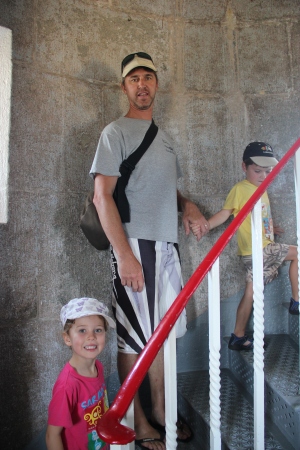
Back at the dock, we boarded the boat and headed around to the northern end of the island, to find a large Australian fur seal colony. You can snorkel and dive with the seals around here – which would be absolutely amazing! With the kids, we opted to stay on the boat, but I am determined to come back and dive with the seals one day.
Needless to say, the kids loved every moment watching the seals frolic in the surf, despite the rocking of the boat in the bigger swells on the northern coast of the island. By afternoon tea, we were old salts.
The trip back across the bar was a hoot. I just pretended I was riding a rollercoaster. Phoebe was cutting off Steve’s circulation this time. Blake and I had a giggle. Chris got the Dallas onto a wave and rode her in. (It was only afterwards that he admitted he still gets an adrenaline rush of nerves when he brings the boat in on a rough day – I’m glad he told us that once we were safe on dry land.)
It cost $300 for our family of four to visit Montague Island, which included transport, entry to the reserve, a guided tour of the lighthouse, afternoon tea, and a visit to the seal colony. It’s not a cheap afternoon out, but it was well worth it. All of the operators have pretty standard prices, and when they are at the mercy of the seas as to whether they work or not, the fare is pretty reasonable. Penguin tours at dusk, and longer tours of Montague Island that explore some of the walking tracks on the island, are also available.
We’d definitely recommend Montague Island for a family adventure. Just be prepared for the bar.


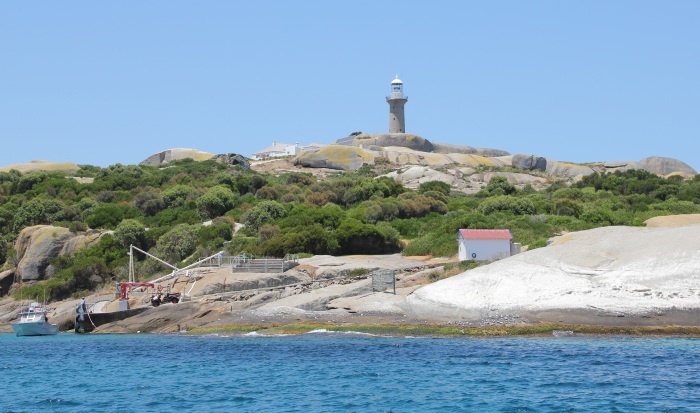



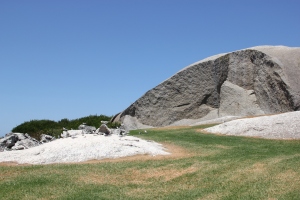
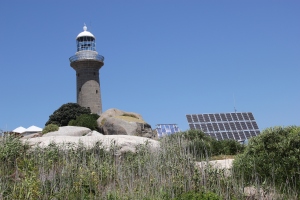

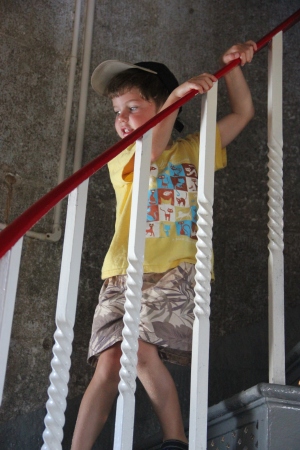


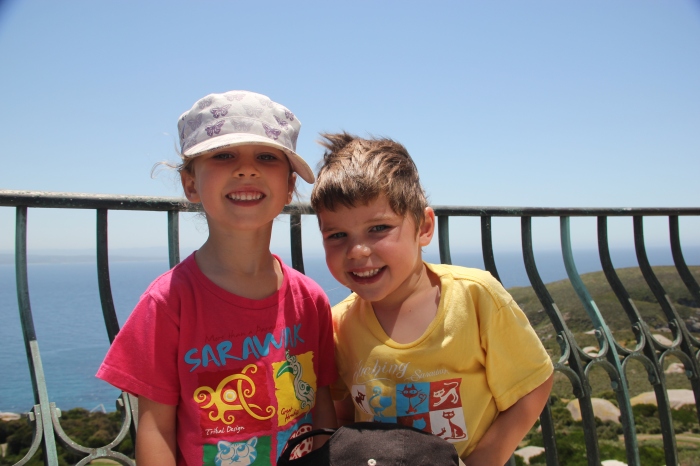
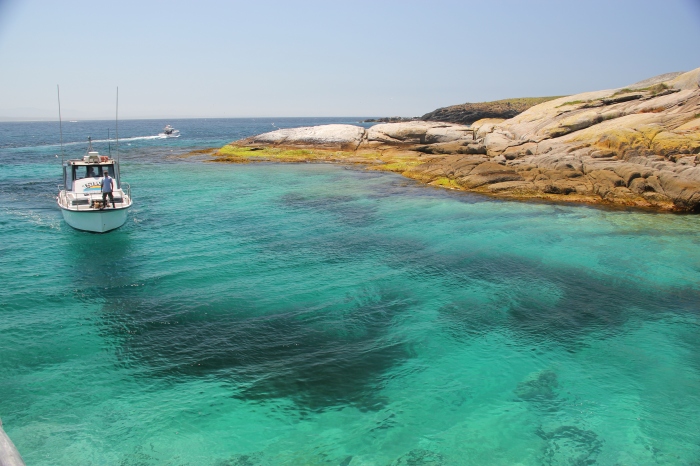
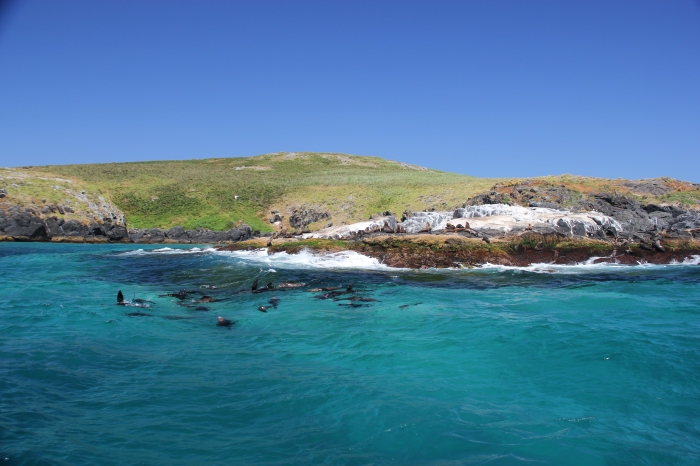

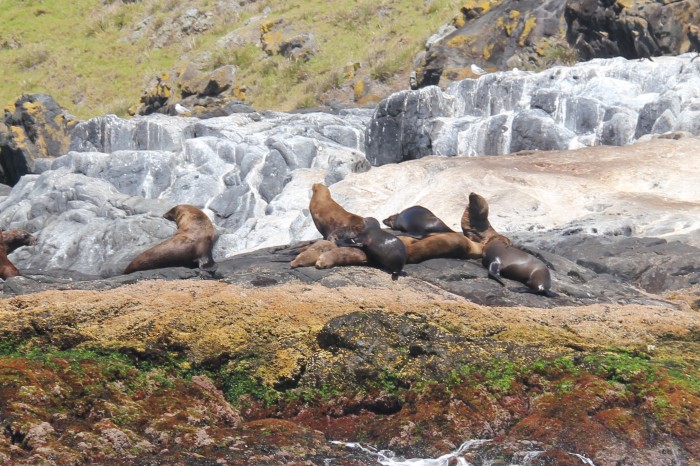

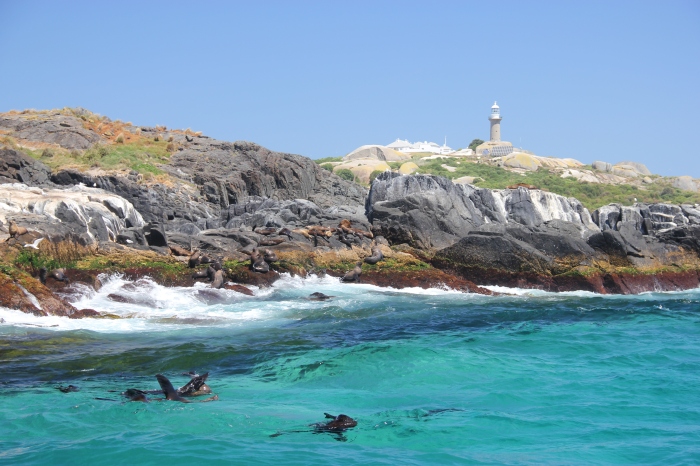




That water! SO blue. I’ve always wanted to take the kids to Montague Island and your post has convinced me its time!
The water is glorious, isn’t it? Do it!
Reblogged this on Just Go Places and commented:
A visit to Montague Island, a nature reserve off the coast of New South Wales.
Fantastic trip, I look at the island from Tuross Heads when I stay at my Mums place and we often say we should go out there. Mum wants to do it for her eightieth but I am not so sure….. after reading about the bar. The fact is she is tougher than most, but I will check with her again before I purchase her ticket. Thanks your post was perfectly timed.
Hi Lisa, Chris from Island Charters Narooma wanted to thank you for such a wonderful write-up. We were hoping to link to your page with the new Island Charters Narooma website that I am developing for him and possibly use one or two of the photos on this page (of course crediting you). Please let us know! Thanks, Adrian
Pingback: Coconuts and Charisma: Koka Lagoon Cruises Rarotonga | Raising Explorers
Pingback: On the whale trail: Port Stephens whale watching | Raising Explorers